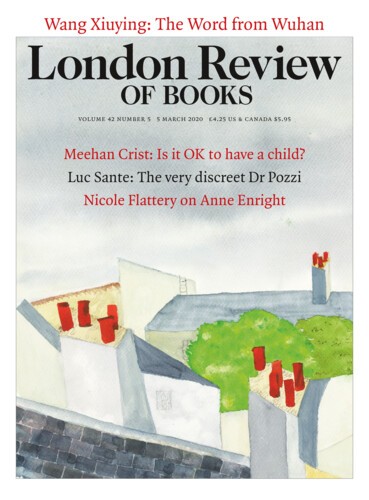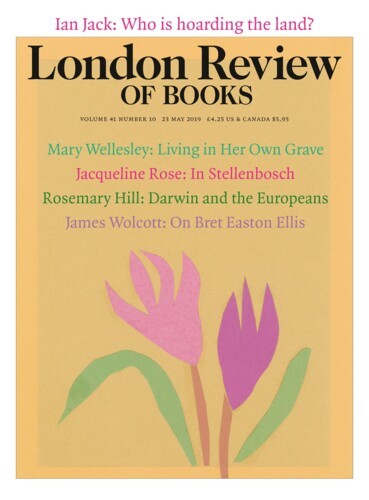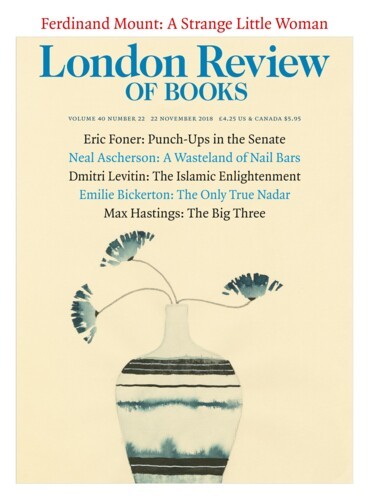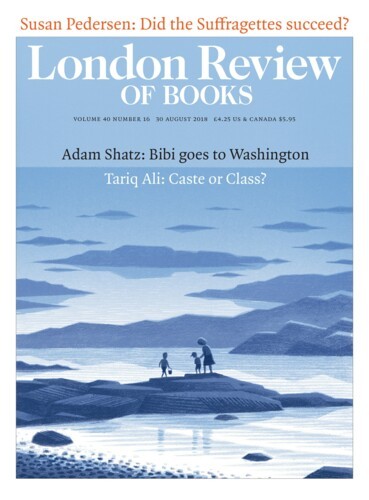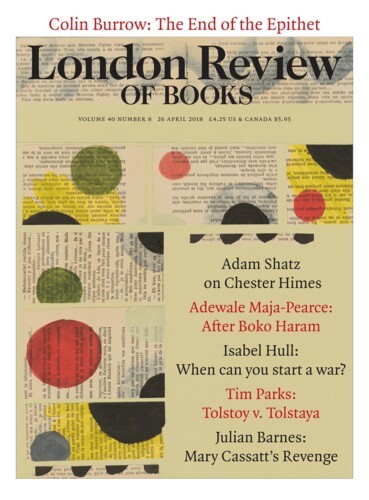The cell was the size of a large cupboard. There wasn’t enough room to lie down. I’d come late on a winter afternoon; the light was seeping away. What light there was came through the ‘squint’ – the small window that looked onto the sanctuary. It was a cruciform shape and through it I could see a single candle standing on the altar. I turned on the torch on my phone. In front of the squint was an oak shelf with a dark circle on its edge where the wood had been rubbed smooth. Above it was a notice that read: ‘Please put nothing on the ancient sill. This was the prayer-desk of the anchorites for several centuries.’ I knelt in front of it.
Hermits and Anchorites in England, 1200-1550 edited by E.A. Jones. On entering their cell for the first time, the recludensus (novice recluse) would climb into a grave dug inside the cell. The enclosure ritual is a piece of macabre high drama. In places the liturgy is indistinguishable from a funeral service. When the moment for enclosure arrived, the anchoress-to-be would process with the celebrant, choir and others out of the church and into the graveyard, as the choir sang ‘In paradisum deducant te angeli’ – traditionally sung as a body is conveyed to a grave.
